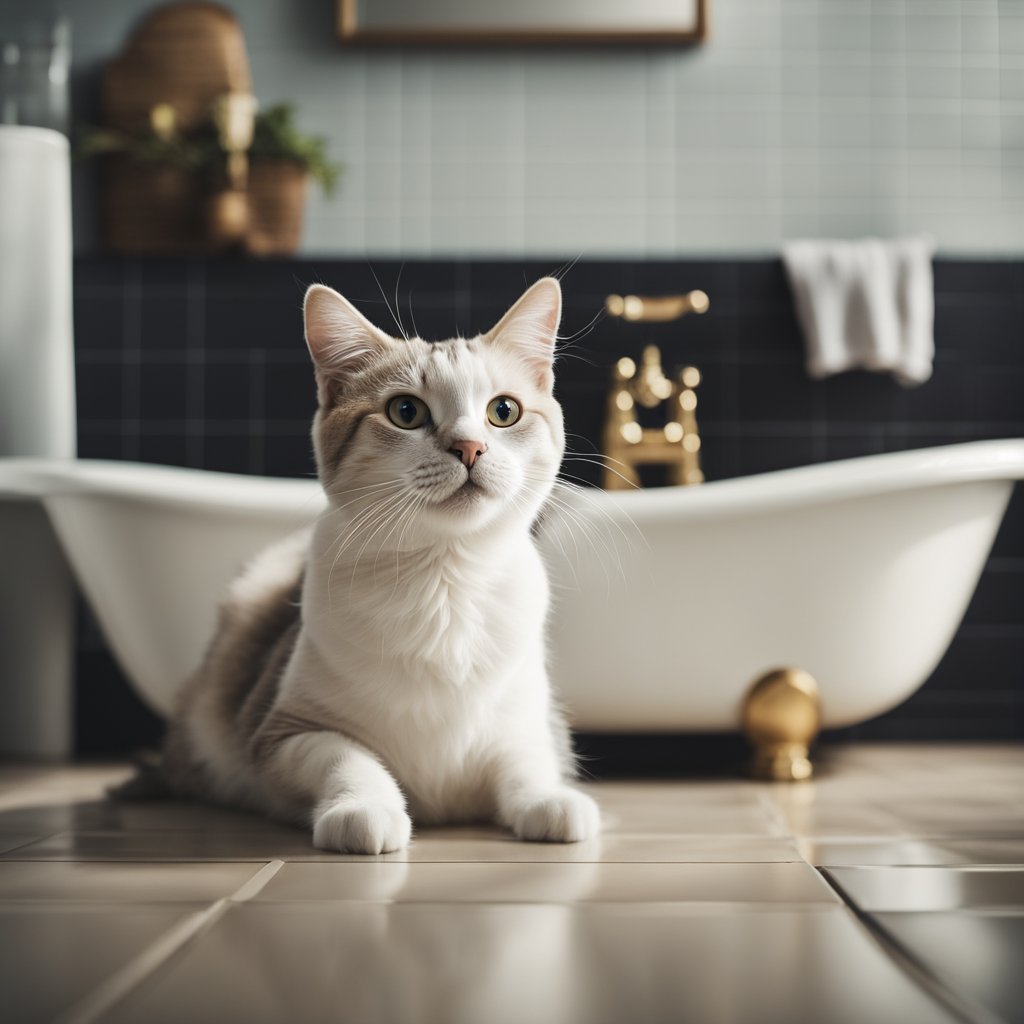Do You Need to Bathe Your Cat? A Clear Answer for Cat Owners
If you’re a cat owner, you may be wondering whether you need to bathe your feline friend. While cats are known for their fastidious grooming habits, there may be times when a bath is necessary. In this article, we’ll explore the ins and outs of cat bathing, including when it’s necessary, how to do it safely, and alternatives to traditional bathing.
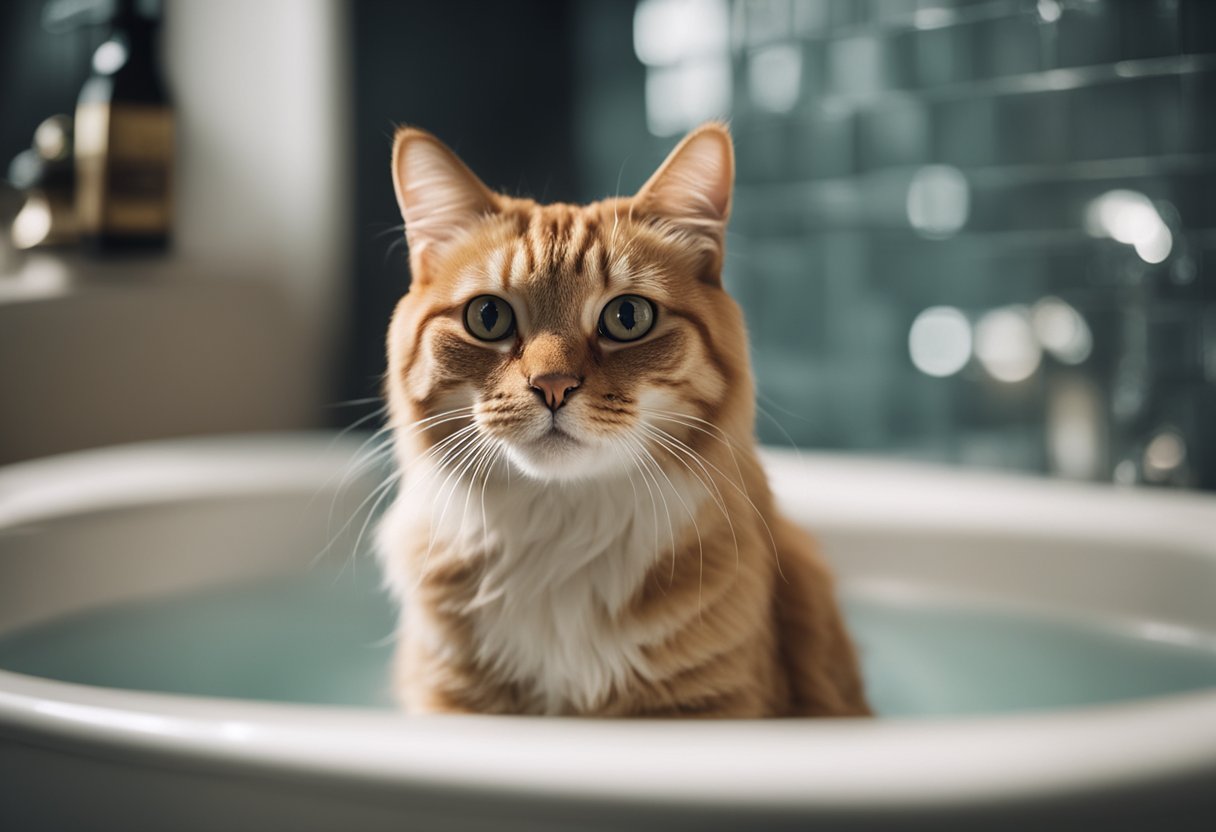
Understanding Cat Grooming Before we dive into the topic of cat bathing, it’s important to understand how cats groom themselves. Cats are meticulous groomers and spend a significant portion of their day licking their fur to keep it clean and free of debris. Their rough tongues act like a comb, removing dirt, loose hair, and other particles from their coat. Additionally, cats produce natural oils that help to keep their fur soft and shiny.
Determining the Need for Bathing While cats are generally able to keep themselves clean, there may be situations where a bath is necessary. For example, if your cat has gotten into something sticky or smelly, a bath may be the best way to remove the substance from their fur. Additionally, cats with certain medical conditions may require regular baths to keep their skin and coat healthy. However, in most cases, it’s not necessary to bathe your cat regularly.
Key Takeaways
- Cats are fastidious groomers and spend a significant portion of their day licking their fur to keep it clean and free of debris.
- While there may be situations where a bath is necessary, in most cases, it’s not necessary to bathe your cat regularly.
- If you do need to bathe your cat, it’s important to do so safely and use alternatives to traditional bathing when possible.
Understanding Cat Grooming

Cats are known for their fastidious grooming behavior. They spend a significant amount of time grooming themselves, which helps them keep their coat clean and shiny. However, there may be times when your cat needs a little extra help with grooming, such as when they get into something sticky or dirty. In this section, we will discuss the natural grooming behavior of cats and the benefits of bathing your cat.
Natural Grooming Behavior
Cats are self-cleaning animals, and they have a natural grooming behavior that helps them keep their coat in good condition. They use their rough tongues to remove dirt, debris, and loose hair from their coat. They also lick their paws and use them to clean their face and ears. Cats are also known for their ability to groom hard-to-reach areas, such as their back and the top of their head.
Benefits of Bathing Your Cat
While cats are excellent at grooming themselves, there may be times when they need a bath. Bathing your cat can help remove dirt, debris, and loose hair from their coat. It can also help prevent matting and tangles, which can cause skin irritations or infections. Bathing your cat can also help reduce odors and keep them smelling fresh.
It is important to note that not all cats enjoy bathing. Some cats may become stressed, anxious, or aggressive when they are in the water. If your cat does not tolerate bathing well, you may need to explore alternative grooming methods or seek assistance from a professional groomer. Additionally, it is important to use a cat-specific shampoo and to avoid getting water in your cat’s ears or eyes.
In conclusion, understanding your cat’s grooming needs is essential to their overall health and well-being. By recognizing the signs of poor grooming and tailoring your cat’s grooming routine to their individual needs, you can help keep your feline friend healthy, happy, and looking their best.
Determining the Need for Bathing
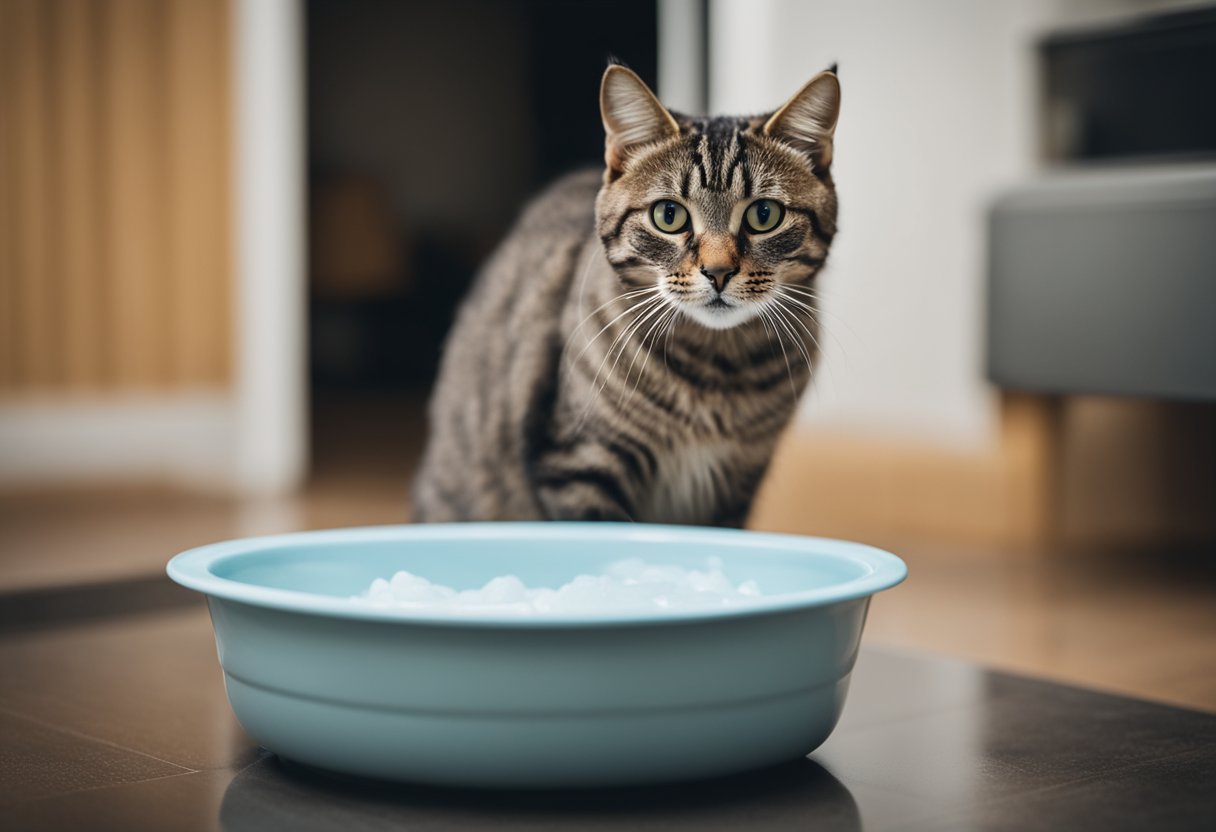
As a cat owner, you might be wondering whether it is necessary to give your furry friend a bath. The answer is not straightforward and depends on several factors. In this section, we will discuss the factors that influence the frequency of bathing and the signs that indicate when your cat needs a bath.
Factors Influencing Bathing Frequency
The frequency with which you should bathe your cat depends on several factors, including:
- Coat Type: Cats with long hair or dense coats may require more frequent bathing than those with short hair or thin coats.
- Activity Level: If your cat spends most of its time indoors and is not very active, it may not need frequent baths. However, if your cat is an outdoor cat or very active indoors, it may require more frequent bathing.
- Health Conditions: If your cat has skin conditions or allergies, your veterinarian may recommend bathing to alleviate symptoms.
- Personal Preference: Some cat owners prefer to bathe their cats more frequently than others.
Signs Your Cat Needs a Bath
While cats are generally fastidious groomers, there are some signs that indicate when your cat needs a bath. These include:
- Greasy or Oily Coat: If your cat’s coat appears greasy or oily, it may be time for a bath.
- Mats or Tangles: Mats or tangles in your cat’s fur can be uncomfortable for your cat and may require bathing to remove.
- Strong Odor: If your cat has a strong odor, it may be time for a bath. However, be sure to rule out any underlying health conditions that may be causing the odor.
- Dirt or Stains: If your cat has dirt or stains on its fur that cannot be removed with grooming, it may be time for a bath.
In conclusion, determining the need for bathing your cat depends on various factors such as coat type, activity level, health conditions, and personal preference. Signs that your cat needs a bath include a greasy or oily coat, mats or tangles, strong odor, and dirt or stains. It is essential to consult with your veterinarian regarding the frequency of bathing your cat to ensure that you do not overdo it.
Bathing Your Cat Safely
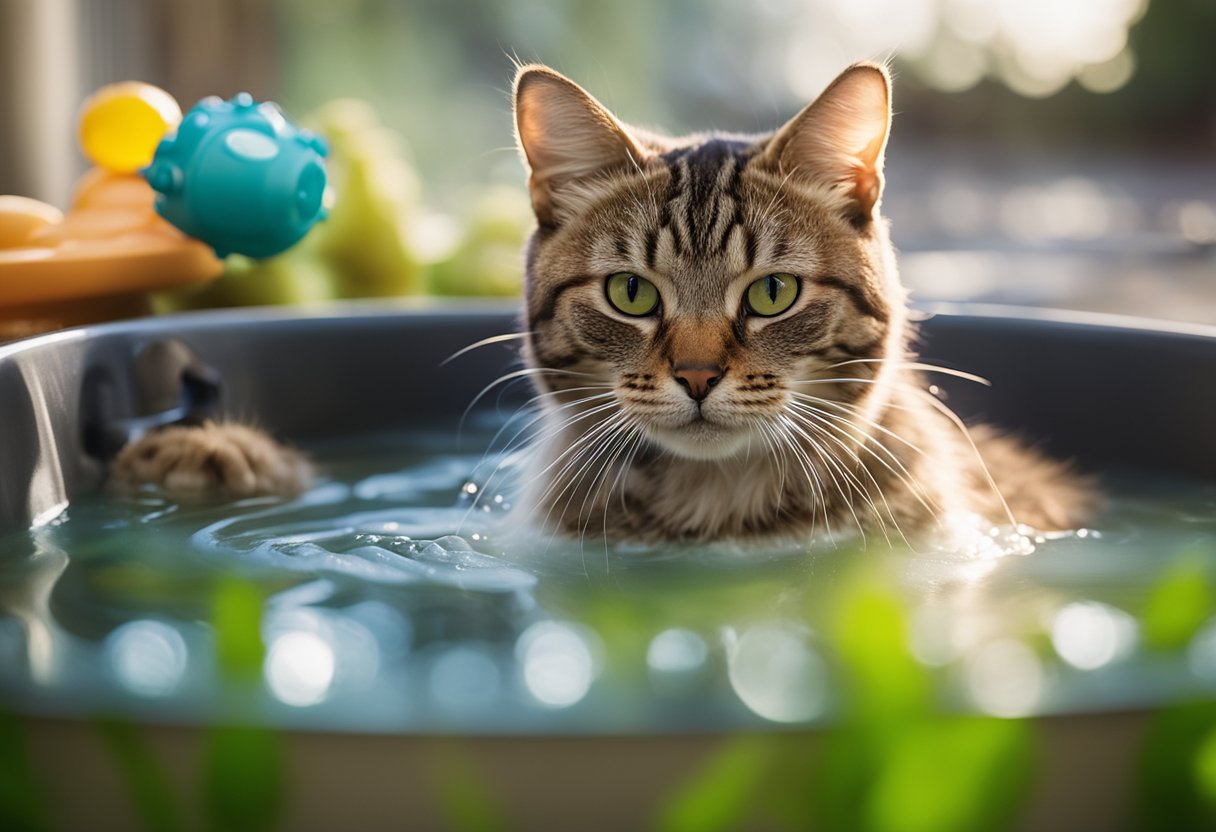
Preparation and Bathing Supplies
Before giving your cat a bath, make sure to have all the necessary supplies at hand. This includes a textured mat to prevent slipping, a cat-safe shampoo, a pitcher or handheld showerhead, and several towels. It’s also important to trim your cat’s nails to prevent scratches.
Choose a location for the bath that is easy to clean and has a non-slip surface. A bathtub or sink works well, but make sure to fill it with only a few inches of lukewarm water. You can also use a large plastic tub or a pet-specific bathing station.
Step-by-Step Bathing Process
The first step in the bathing process is to brush your cat’s coat to remove any tangles or mats. This will make it easier to shampoo and rinse their fur. Place your cat on the textured mat in the tub and use a toy or treat to keep them calm and distracted.
Next, wet your cat’s fur with the pitcher or handheld showerhead, making sure to avoid getting water in their ears and eyes. Apply a small amount of cat-safe shampoo and massage it into their fur, starting at the neck and working your way down to the tail.
Rinse your cat thoroughly with lukewarm water, making sure to remove all the shampoo. You may need to repeat the shampoo and rinse steps if your cat is particularly dirty or smelly.
Once you’ve finished rinsing, wrap your cat in a towel and gently dry them off. You can use a blow dryer on a low setting if your cat is comfortable with it.
Remember to praise your cat throughout the bathing process and reward them with treats afterwards. With patience and practice, bathing your cat can be a stress-free experience for both of you.
Here is a great resource for more information on safely bathing your cat.
Alternatives to Traditional Bathing
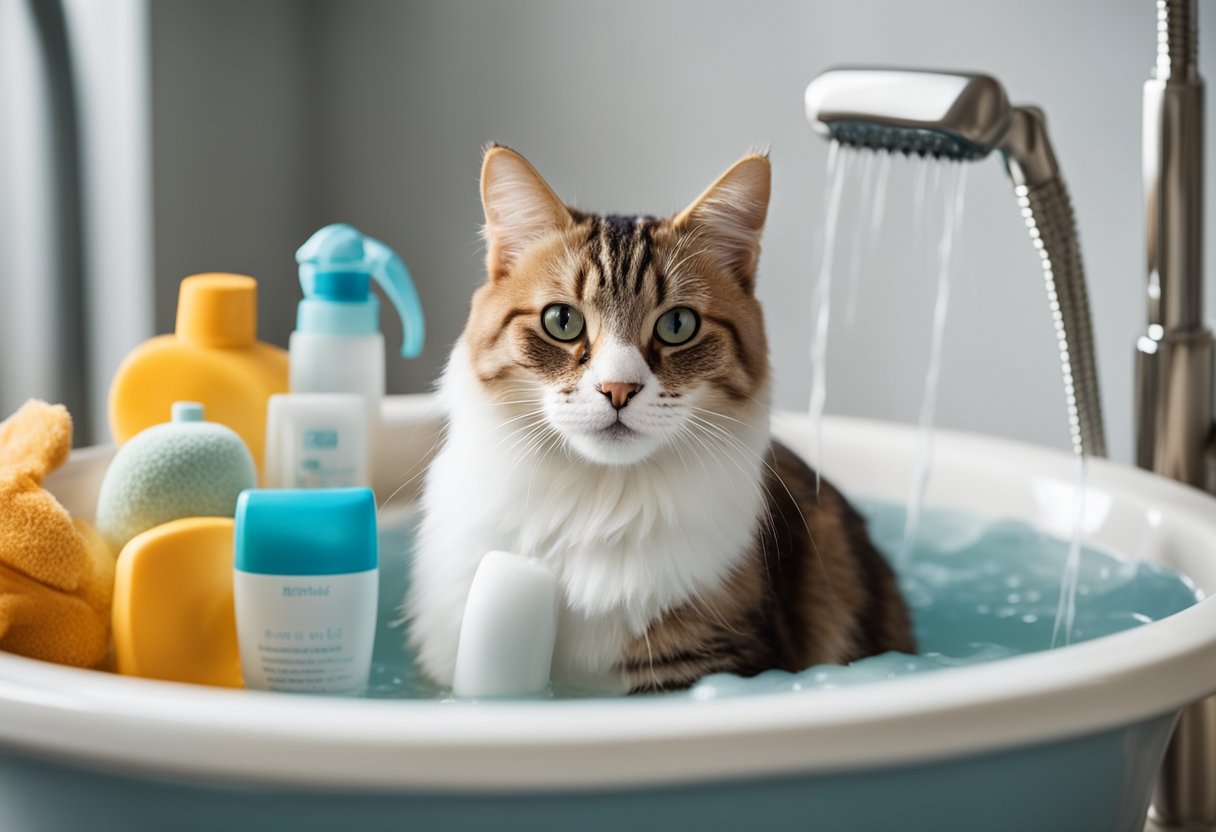
If your cat is not a fan of water or you prefer not to bathe them, there are alternatives to traditional bathing that can help keep their coat clean and healthy.
Grooming Wipes and Foams
Grooming wipes and foams are a great option for cats who do not tolerate water or bathing well. These products are designed to clean and freshen your cat’s coat without the need for water. They are also easy to use and convenient for quick touch-ups between baths.
When choosing grooming wipes or foams, look for products that are specifically designed for cats and do not contain any harsh chemicals or fragrances that could irritate their skin. It’s also important to follow the instructions carefully to ensure that you are using the product safely and effectively.
Professional Grooming Services
If you prefer to leave bathing and grooming to the professionals, there are many pet grooming services that offer cat grooming. These services can provide a variety of grooming services, including bathing, nail trimming, and coat trimming.
When choosing a grooming service, it’s important to do your research and choose a reputable provider. Look for a service that has experience working with cats and uses gentle, cat-friendly grooming techniques. You can also ask for recommendations from your veterinarian or other cat owners in your area.
Overall, there are many alternatives to traditional bathing that can help keep your cat’s coat clean and healthy. Whether you choose grooming wipes and foams or professional grooming services, it’s important to choose products and services that are safe and effective for your cat.
Resources:
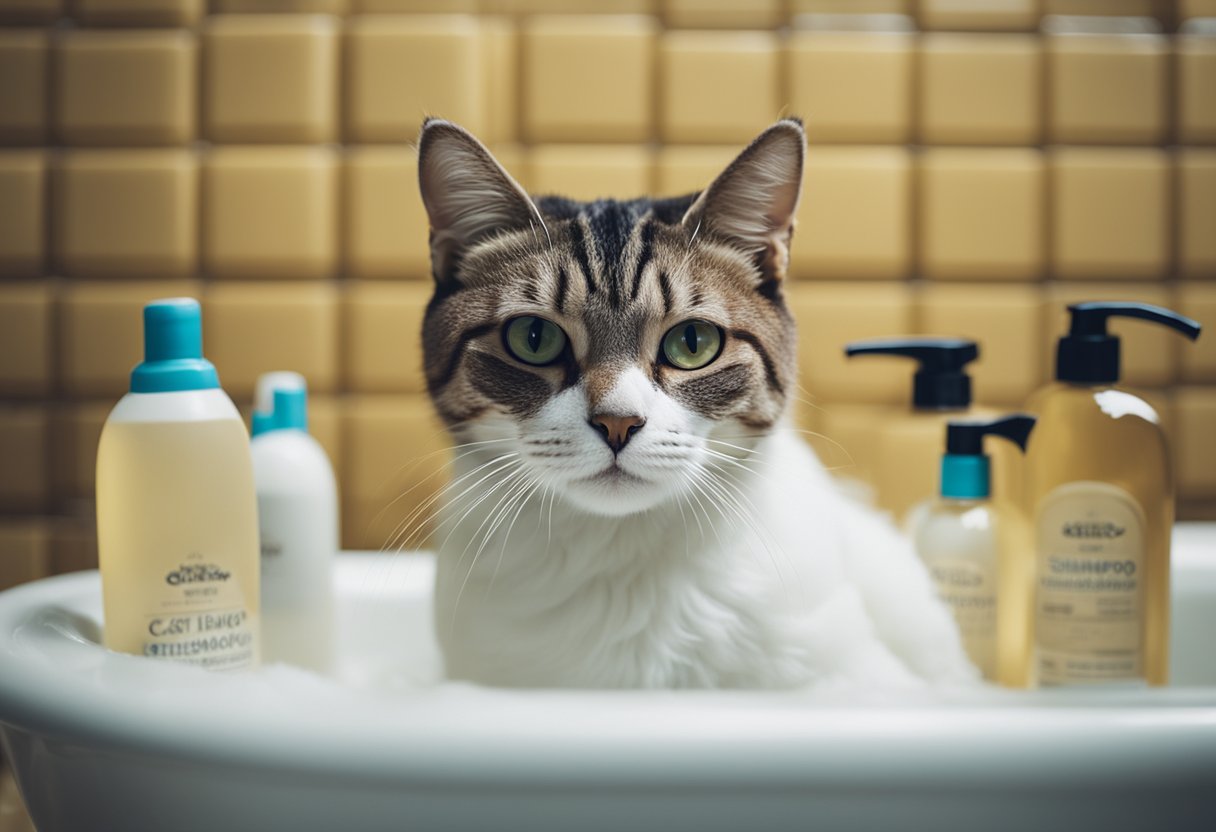
When it comes to bathing cats, there are many different opinions and approaches. While some cats may enjoy being bathed, others may find it stressful and unnecessary. So, do you need to bathe your cat? The answer is not straightforward and depends on various factors, including your cat’s breed, age, health, and lifestyle.
If you are considering bathing your cat, it is essential to do it safely and effectively. You should use cat-friendly shampoo and warm water, avoid getting water in your cat’s ears and eyes, and dry your cat thoroughly after the bath. You may also want to consider using a grooming tool, such as a brush or comb, to help remove loose fur and prevent matting.
To learn more about bathing cats, there are many resources available online. For example, the Texas A&M College of Veterinary Medicine & Biomedical Sciences provides an informative article on when you should and shouldn’t give your cat a bath. They state that in general, cats do not need to be given a bath by their owners due to their fastidious grooming behavior. However, there are some instances where bathing may be necessary, such as if your cat has a skin condition or has gotten into something dirty or toxic.
Another resource worth checking out is the Preventive Vet website, which offers a step-by-step guide on how to bathe your cat. They recommend using positive reinforcement, such as treats and toys, to make the experience more enjoyable for your cat. They also suggest using a textured mat in the tub to prevent slipping and providing a dry area for your cat to stand.
In summary, while bathing your cat is not always necessary, it can be a useful tool for maintaining your cat’s hygiene and health. However, it is essential to do it safely and effectively and to consider your cat’s individual needs and preferences. By following the tips and resources provided, you can ensure a positive and successful bathing experience for you and your feline friend.
Conclusion
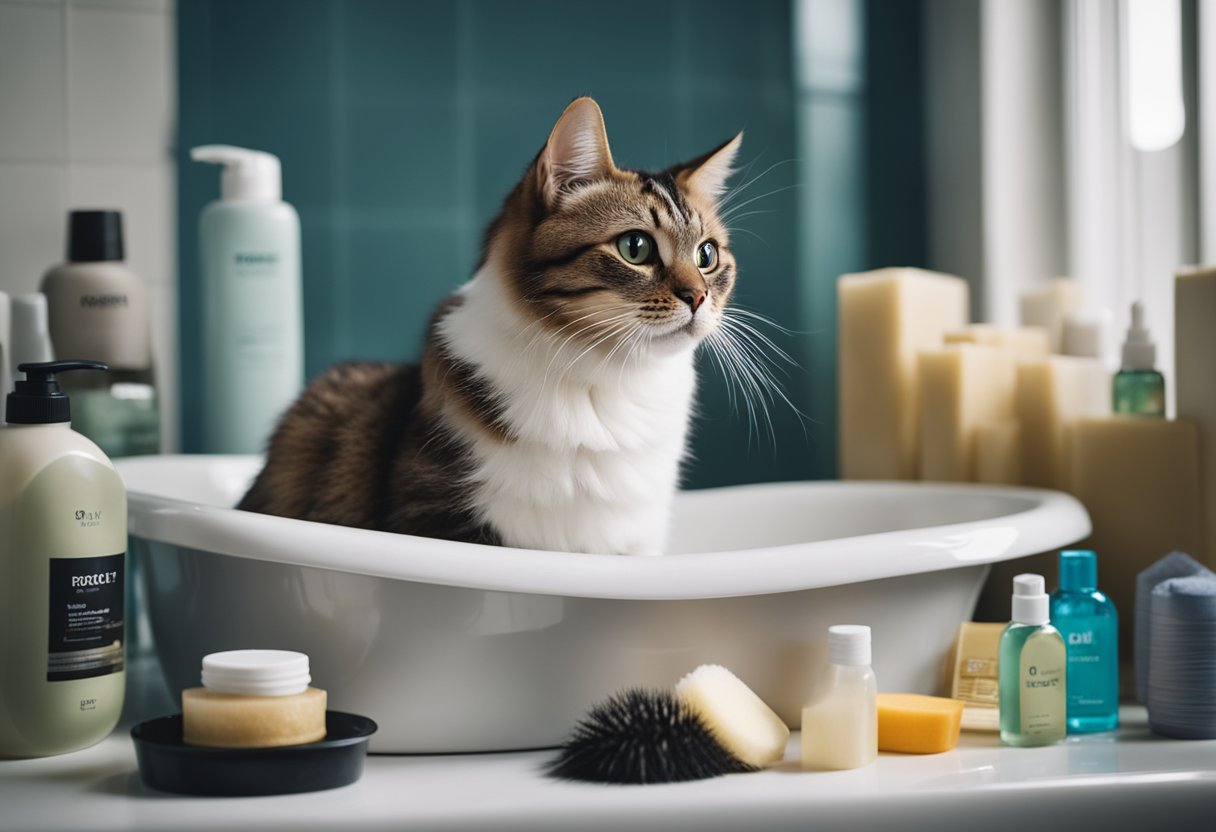
In conclusion, whether or not you need to bathe your cat depends on various factors. Most cats are able to groom themselves effectively, so bathing is not always necessary. However, some cats may require occasional baths due to medical conditions, skin irritations, or if they get into something dirty or smelly.
If you do decide to bathe your cat, it is important to use a cat-specific shampoo and to make the experience as stress-free as possible. Follow the steps outlined in the search results to ensure a safe and comfortable bath time for your feline friend.
Remember, regular brushing and grooming can help keep your cat’s coat healthy and clean, and reduce the need for baths. Additionally, providing your cat with a healthy diet and clean living environment can also contribute to their overall hygiene and well-being.
Overall, the decision to bathe your cat should be based on their individual needs and circumstances. If you are unsure whether or not your cat needs a bath, consult with your veterinarian for advice and guidance.
Frequently Asked Questions
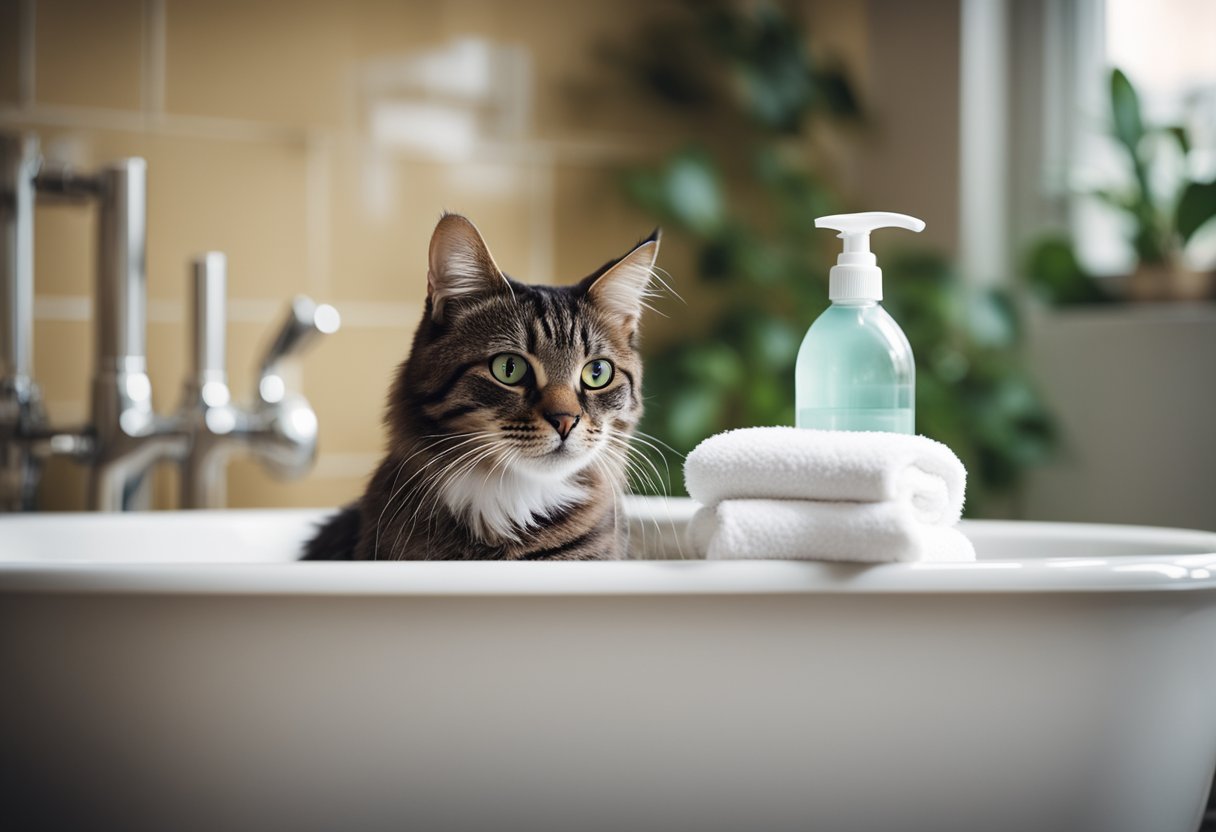
How often should you wash your indoor cat?
According to Catster, the general rule of thumb is that cats need a maximum of one bath every few months unless they get into something particularly dirty or smelly. However, indoor cats that are clean and healthy may not need to be bathed as often. Over-bathing your cat can strip their skin of natural oils, leading to dryness and irritation.
How to bathe a cat that hates water?
If your cat hates water, it’s best to introduce them to it gradually. Preventive Vet suggests starting by getting your cat used to being in a dry bathtub or sink. You can also use treats or toys to lure your cat into the water. When bathing your cat, use a cat-specific shampoo and avoid getting water in their ears and eyes.
What is the best way to bathe a cat?
The best way to bathe a cat is to follow these steps from Cats.com:
- Fill a sink or bathtub with 2-3 inches of warm water.
- Place a towel or non-slip mat in the bottom of the sink or tub.
- Wet your cat’s fur with a spray hose or pitcher.
- Apply a cat-specific shampoo and lather gently.
- Rinse thoroughly and towel dry your cat.
Are there any risks associated with not bathing my cat?
While cats are known for their self-grooming abilities, not bathing your cat can lead to a buildup of dirt, oil, and dander on their skin and fur. This can cause skin irritation, matting, and an unpleasant odor. Additionally, not bathing your cat can make it difficult to detect any underlying health issues, such as fleas or skin infections.
How can I tell if my cat needs a bath?
If your cat’s fur appears greasy or matted, or if they have a strong odor, it may be time for a bath. However, it’s important to remember that cats have sensitive skin and over-bathing can cause dryness and irritation. If you’re unsure if your cat needs a bath, consult with your veterinarian.
What are the signs that a cat is feeling better after a bath?
After a bath, your cat may appear more relaxed and content. They may also groom themselves more frequently, which can help distribute natural oils throughout their fur. However, it’s important to monitor your cat for any signs of discomfort or irritation, and to avoid over-bathing in the future.
